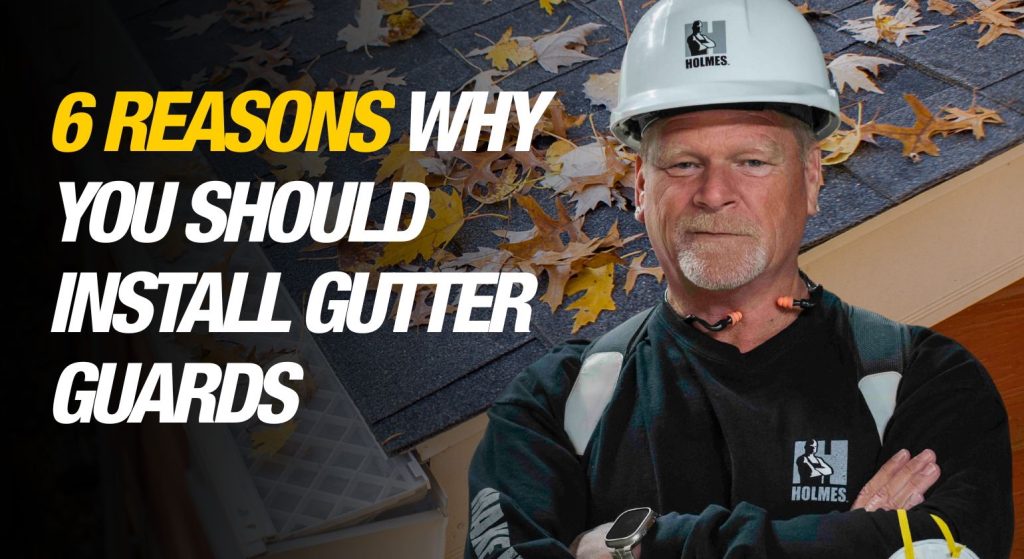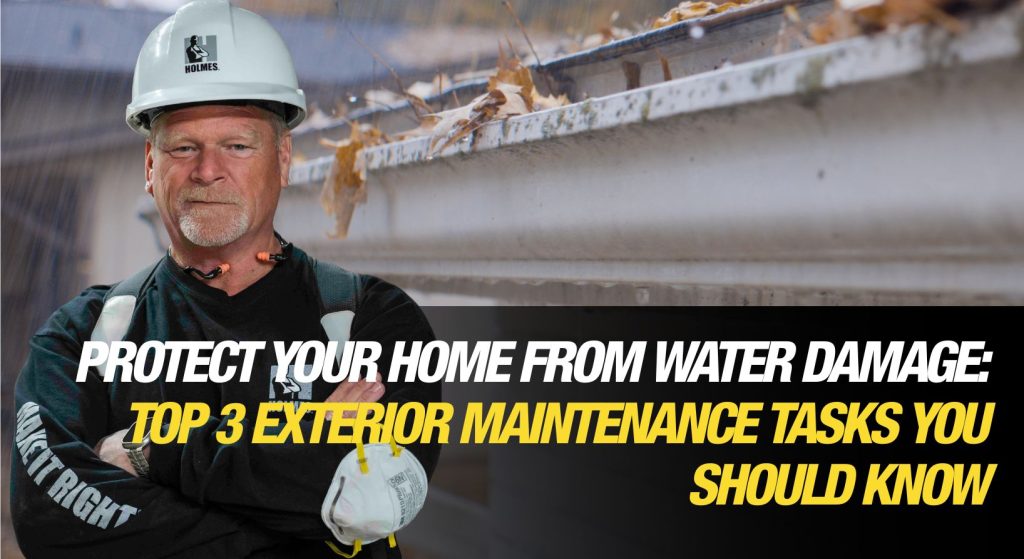Cleaning gutters is one of those chores most homeowners dread—and often put off—but it’s an essential part of protecting your home. Installing gutter guards can significantly cut down on...

Sewage Backflow Prevention
By Mike Holmes
Mike’s Advice / Home Safety & Maintenance
Tuesday, February 25th, 2025 @ 12:05pm
How Do You Stop Sewage Backflow?
All the millions of litres of water that come down in precipitation have to go somewhere. Like good urban planners, we have created culverts and drains and sewers that lead to treatment plants or bodies of water. But in the event of excessive rain, all this water creates pressure on the municipal sewage system. This leads to flooding and sewage backups. So how do you prevent sewage backflow?
The simplest thing you can do to keep water out of your basement is to control it at the surface. Surface water, like rain or melting snow, or water from irrigation, is pretty easy to control, compared to water below grade. There’s not much you can do about underground streams, or the water table in your area and the resulting hydrostatic pressure on your foundation. But there is a lot you can do on the surface. That’s where backwater valves for sewage backflow prevention come in.
What Is Backflow?
Backflow means a flowing back of water or reversing of the normal direction of flow. When a sewer line is clogged or damaged, it blocks the flow of sewage into the municipal drain. This means raw sewage can be forced back up through a floor drain (or multiple drains) in your home.
A sewage backup happens when sewage from a private sewage system or sanitary sewer flows into a property.
What Can Cause A Sewer Line Backup?
Here are some of the main causes of sewer backup:
- Debris, grease or foreign objects can clog the pipes, preventing proper flow.
- Heavy rainfall, snow melt or flooding can overwhelm your sewer system, leading to backups.
- Tree roots infiltrating sewer lines can cause blockages.
- Old or poorly maintained systems are more prone to failures.
- City main blockages: A blockage can also occur in a city sanitary main.

Precise Plumbing on Holmes on Homes conducting a camera inspection of the plumbing system.
Install A Backwater Valve
If you are doing a basement renovation or even just tackling your seasonal maintenance tasks, I highly recommend you install a backwater valve.
When this device is installed in your basement floor drain it will guard against sewage backflow from entering your house causing thousands of dollars in damage and loss of sentimental property.
Some municipalities might even provide subsidies on installing a backwater valve, especially if you live in an area where sewer back up is common. A backwater valve protects you from city sewer back up and you can install this device yourself.
Contact your licensed plumber to have an approved backwater valve installed. This will reduce the risk of sewage entering your basement if your home is served by a municipal sewer system.

A basement usually has a lot of expensive things in there. Protect them from sewage backup.
What To Do If You Have A Sewage Backup?
Here are some steps to take immediately:
- Don’t touch raw sewage with your bare hands. Wear rubber boots and gloves, eye protection and a face mask when cleaning and disinfecting.
- Stop using your plumbing until the sewer problem is checked
- If your private well has been contaminated with sewage water, do not use the water for cooking, drinking or bathing
- Check your insurance policy to see if you have sewer backup coverage
- If your home is served by a municipal sewer system, get in touch with your local public works department and make a request to investigate the source of the problem
- Turn off power at the breaker box if there is standing water or the possibility of wires getting wet. You may need to get in touch with your electrical utility.
- If your drywall was exposed to high humidity or standing water, you should look into removing it. Get an indoor air quality test, you may have mold growth.
Basement Flooding Issues
There are lots of reasons you might experience a basement flood: heavy rains, spring run off from a rapid snow melt, a sewage back up, a broken pipe or even a washing machine overflowing.
Basement flooding can create the perfect environment for mold and poor indoor air quality, putting your family’s health at risk. You will also have to deal with your insurance company, who may or may not cover the water and sewage damage.
Importance of Backflow Prevention
Damage from a sewage backup can cost you thousands of dollars in damage and will contaminate your basement. Installing a backflow prevention valve is easy and will help prevent flooding. It is inexpensive and homeowners can install it themselves. I really think this is something that should be in every home. Trust me, you don’t want to end up with dirty water in your basement.
Backflow conditions can also jeopardize system water quality, posing a health risk to people drinking water from the system.
Don’t wait until you have a sewer backup into your home. A backwater valve doesn’t cost that much and you can install it yourself. Remember, if you do experience basement flooding, do not rush to rebuild.
RELATED








